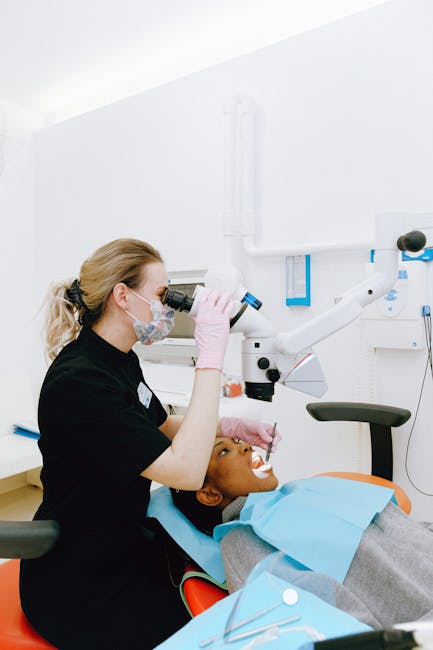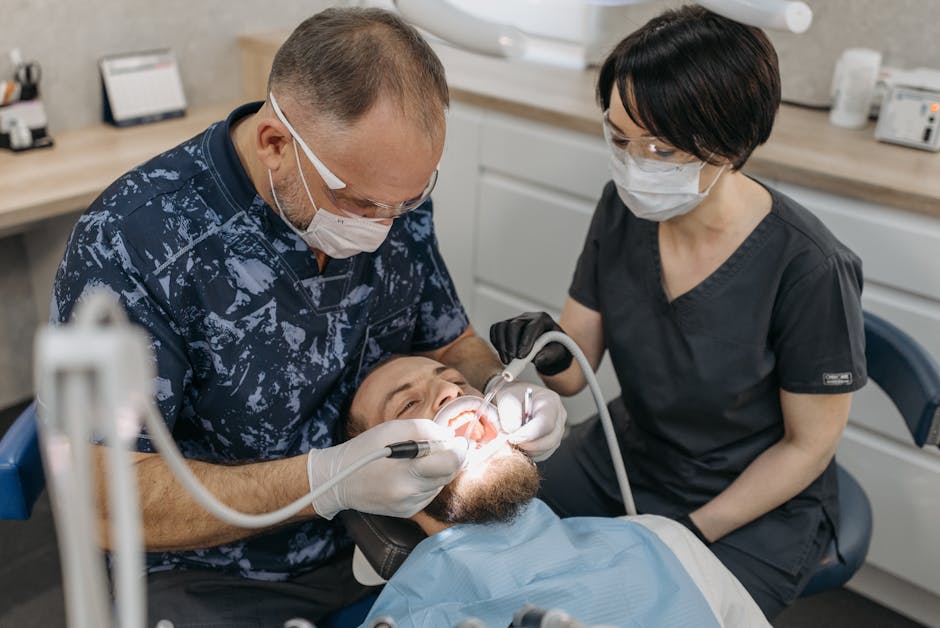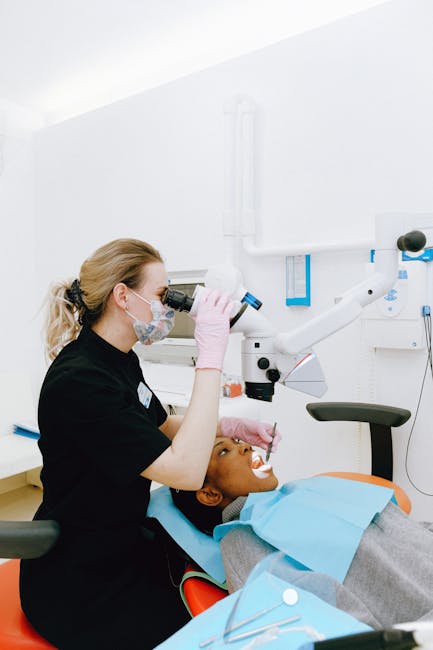Prostate Exam Procedure: A Comprehensive Guide for Men
The prostate gland, a walnut-sized organ located below the bladder in men, plays a crucial role in reproductive health. Regular prostate exams are essential for detecting potential problems early, when treatment is most effective. Understanding the prostate exam procedure, including its different types and what to expect, can help alleviate anxiety and empower men to take control of their health.
Types of Prostate Exams
There are two main types of prostate exams: the digital rectal exam (DRE) and the prostate-specific antigen (PSA) blood test. Let’s explore each one in detail.

Digital Rectal Exam (DRE)
The DRE is a physical examination where a doctor inserts a gloved, lubricated finger into the rectum to feel the prostate gland. This allows the doctor to assess the prostate’s size, shape, consistency, and the presence of any abnormalities such as lumps or nodules. The procedure is relatively quick and typically causes minimal discomfort.
What to Expect During a DRE
- Preparation: You will be asked to undress from the waist down and lie on your side or bend over.
- The Exam: The doctor will insert a lubricated, gloved finger into your rectum. This may feel slightly uncomfortable or full, but it shouldn’t be painful.
- Post-Exam: The exam usually takes only a few minutes. You can dress and resume your normal activities immediately afterward.
While the DRE can detect some prostate issues, it is not a definitive diagnostic tool. It often serves as a screening tool to guide further investigations.
Prostate-Specific Antigen (PSA) Blood Test
The PSA test measures the levels of prostate-specific antigen in your blood. PSA is a protein produced by the prostate gland. Elevated PSA levels can indicate prostate cancer or other prostate problems, such as benign prostatic hyperplasia (BPH). However, elevated PSA levels can also be caused by other factors, such as prostatitis or an enlarged prostate. Therefore, a high PSA level doesn’t automatically mean prostate cancer.

What to Expect During a PSA Test
- Preparation: No special preparation is typically required for a PSA test.
- The Test: A healthcare professional will draw a blood sample from your arm. The procedure is similar to any other blood test.
- Results: Results are usually available within a few days.
The PSA test is used in conjunction with the DRE to assess prostate health. A combination of a high PSA level and abnormal findings on the DRE may warrant further investigation, such as a biopsy.
Other Diagnostic Procedures for Prostate Issues
If the DRE and PSA test reveal abnormalities or raise concerns, your doctor may recommend additional tests to confirm a diagnosis. These may include:
- Transrectal Ultrasound (TRUS): A thin probe is inserted into the rectum to produce ultrasound images of the prostate gland. This helps to identify areas of concern that may require a biopsy.
- Prostate Biopsy: A small tissue sample is taken from the prostate gland using a needle guided by TRUS. The sample is then sent to a laboratory for microscopic examination to determine the presence of cancer cells.
- MRI (Magnetic Resonance Imaging): An MRI scan provides detailed images of the prostate gland, helping to identify tumors or other abnormalities. It is often used to guide biopsies and plan treatment.
- CT Scan (Computed Tomography Scan): A CT scan produces cross-sectional images of the body, which can be used to assess the extent of prostate cancer if it’s diagnosed.
When Should You Get a Prostate Exam?
The American Cancer Society and other health organizations recommend men start discussing prostate cancer screening with their doctors at age 50, or at age 45 if they are African American or have a family history of prostate cancer. Men with a strong family history of prostate cancer might need to start screening even earlier. The decision on when to start screening should be made in consultation with your physician, taking into account your individual risk factors and preferences.
Preparing for Your Prostate Exam
To ensure a smooth and comfortable experience, here’s what you can do to prepare for your prostate exam:
- Discuss your concerns: Talk to your doctor about any questions or anxieties you may have regarding the procedure.
- Inform your doctor about medications: Inform your doctor about any medications you are taking, including over-the-counter drugs and supplements.
- Plan for potential discomfort: While the DRE is generally quick and well-tolerated, some men experience mild discomfort. Deep breathing exercises or relaxation techniques can help alleviate anxiety.
- Schedule your exam: Schedule your exam at a time that is convenient for you and allows for ample time to travel to and from the doctor’s office.
Understanding Your Results
After your exam, your doctor will discuss the results with you. If abnormalities are found, they will explain the next steps and recommend appropriate follow-up tests or treatment options. Remember to ask questions and ensure you understand the implications of your results. Early detection is key to successful management of prostate problems.


